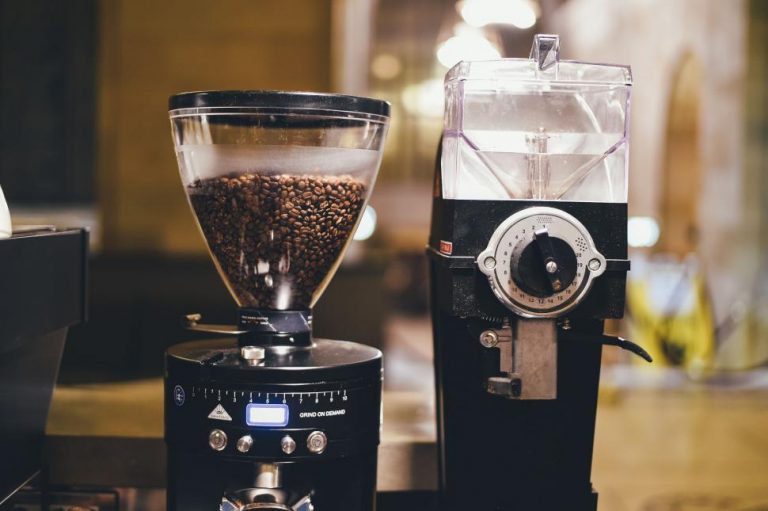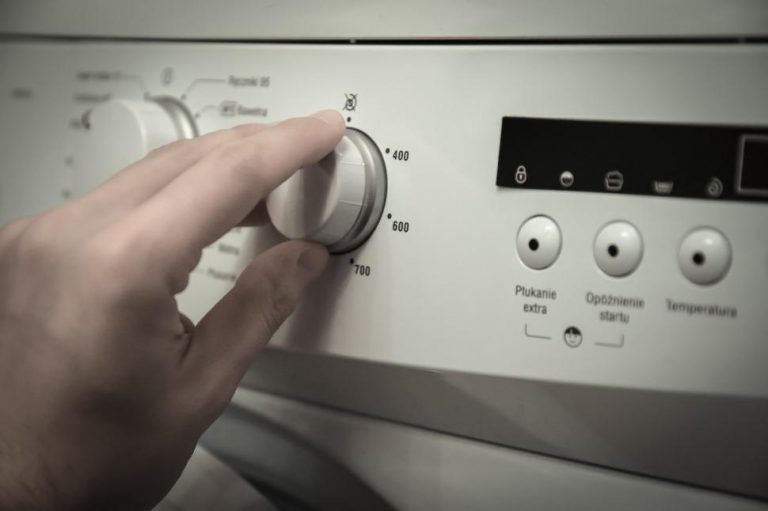Stove vs. Oven: What to Choose for Your Kitchen?
When designing or remodeling a kitchen, one of the most important decisions you’ll face is choosing the right cooking appliances. The stove (cooktop) and the oven are two key components of any kitchen, but should you opt for a combined range unit, a separate cooktop, or a wall oven? Each option offers unique benefits and considerations that can impact both your cooking style and the layout of your kitchen.
In this article, we’ll explore the pros and cons of stoves and ovens, helping you determine which option suits your cooking needs, kitchen space, and personal preferences. Whether you’re a home chef looking for precision or simply seeking convenience, understanding the differences between these appliances will guide your decision-making process.
What Is a Stove?
A stove, also referred to as a cooktop or hob, is the surface used for direct cooking with pots and pans. Stoves typically come in two types: electric and gas, with induction stoves becoming increasingly popular. They can be integrated into a standalone range (with an oven beneath) or installed as a separate cooktop.
Key Features of a Stove:
- Heating Elements: Stoves usually feature multiple heating zones, which can be electric coils, gas burners, or smooth induction surfaces.
- Cooking Methods: Stoves are primarily used for stovetop cooking methods like boiling, sautéing, frying, simmering, and searing.
- Size and Flexibility: Stoves come in various sizes, typically ranging from four to six burners, providing flexibility in terms of kitchen layout and the number of cooking zones available.
What Is an Oven?
An oven is a closed compartment used for baking, roasting, broiling, and grilling food. Ovens come in different styles, including single ovens, double ovens, and wall ovens. Like stoves, ovens can be gas or electric, with the latter being more common in modern kitchens.
Key Features of an Oven:
- Heat Distribution: Ovens use heating elements located at the top and bottom of the compartment to cook food evenly.
- Versatility: An oven allows for a wide range of cooking techniques, such as baking, roasting, broiling, and slow cooking.
- Capacity: Ovens come in various sizes, with some models offering dual compartments or convection settings for faster, more even cooking.
Combination Range: Stove and Oven in One
A common solution for many kitchens is the combination range, which integrates both a stove and an oven into one appliance. This all-in-one option typically features a cooktop on top and an oven underneath, providing a space-saving solution for smaller kitchens.
Benefits of a Combination Range:
- Space Efficiency: A range saves floor space by combining two essential appliances into one unit.
- Convenience: It’s convenient to have all your cooking functions (stovetop and oven) in a single appliance, which is perfect for smaller kitchens or compact spaces.
- Cost-Effective: Buying a single unit that serves both purposes is often more affordable than purchasing separate cooktops and ovens.
Drawbacks of a Combination Range:
- Height and Accessibility: Having the oven directly below the stove can make it difficult for some users to bend down and retrieve dishes, especially when working with heavy trays or large meals.
- Limited Design Flexibility: A combination range limits your layout options. You cannot place the oven at a more accessible height or in a separate part of the kitchen.
Cooktop and Wall Oven: Separate Units
For a more customized and high-end kitchen setup, many homeowners choose to install a separate cooktop (stove) and wall oven. This configuration allows for greater flexibility in design and can be tailored to your specific cooking preferences.
Benefits of Separate Cooktop and Oven:
- Better Accessibility: A wall oven can be installed at eye level, making it much easier to check on dishes and remove heavy pans without bending or straining. This is especially beneficial for elderly users or those with back issues.
- Design Flexibility: By separating the stove from the oven, you can place the two appliances in different areas of the kitchen, optimizing space and workflow. For example, you could have the stove on an island and the oven built into a wall or cabinet.
- Enhanced Cooking Capacity: With two separate appliances, you can invest in a larger oven or even install double ovens, which allow you to cook multiple dishes at different temperatures simultaneously.
Drawbacks of Separate Units:
- Higher Cost: Purchasing a separate cooktop and oven can be more expensive than a combination range, especially if you opt for high-end models.
- Requires More Space: Installing a separate cooktop and wall oven typically requires more kitchen space and a more complex layout.
Types of Stoves (Cooktops)
Choosing the right stove involves understanding the different types available and their respective benefits.
a. Gas Stoves
Gas stoves offer instant and precise control over heat, making them a favorite among professional chefs. The flame allows for quick adjustments, perfect for cooking delicate foods like sauces or searing meats.
- Pros:
- Instant heat and precise control.
- Works during power outages (if lit manually).
- Better for high-heat cooking methods like stir-frying or searing.
- Cons:
- Requires a gas line, which may increase installation costs.
- Open flames pose a higher safety risk, especially in homes with children.
b. Electric Stoves
Electric stoves are common in many homes and are easier to install if there’s no existing gas line. They come in coil or smooth-top varieties, with smooth tops offering a sleek, easy-to-clean surface.
- Pros:
- Even heat distribution.
- Easier to clean (especially smooth-top models).
- Often more affordable than gas stoves.
- Cons:
- Slower to heat and cool.
- Less precise temperature control.
- Inoperable during power outages.
c. Induction Stoves
Induction stoves use electromagnetic fields to heat pots and pans directly, rather than heating the cooking surface itself. This results in faster, more efficient cooking.
- Pros:
- Fast heating and cooling times.
- Extremely energy-efficient.
- The cooktop remains cool to the touch, making it safer.
- Cons:
- Requires induction-compatible cookware (magnetic).
- Typically more expensive than gas or electric stoves.
Types of Ovens
When choosing an oven, it’s important to consider the different types available and their specific benefits.
a. Conventional Ovens
Conventional ovens use heating elements at the top and bottom of the compartment to cook food. These are the most common type of oven and are suitable for general baking and roasting tasks.
- Pros:
- Affordable and widely available.
- Simple to use for everyday cooking.
- Cons:
- Heat distribution may be uneven, leading to hot spots.
- Slower preheating times compared to more advanced ovens.
b. Convection Ovens
Convection ovens have a fan that circulates hot air around the food, cooking it more evenly and quickly. This is especially useful for baking or roasting.
- Pros:
- More even cooking and browning.
- Faster cooking times.
- Energy-efficient compared to conventional ovens.
- Cons:
- Higher upfront cost.
- Some recipes may require adjusting cooking times and temperatures.
c. Double Ovens
Double ovens feature two separate compartments, allowing you to cook multiple dishes simultaneously at different temperatures. They are ideal for large families or those who entertain frequently.
- Pros:
- Increased cooking capacity.
- Versatile – you can bake in one oven while roasting in the other.
- Cons:
- Requires more space.
- Typically more expensive than single ovens.
Which Should You Choose: Stove or Oven?
The decision between a stove and an oven largely depends on your kitchen layout, cooking preferences, and budget. Here are some factors to consider:
a. For Small Kitchens:
If you have limited space, a combination range that includes both a stove and oven is a space-efficient solution. It offers all the essential cooking functions without taking up too much room.
b. For Busy Home Cooks:
If you cook frequently and prepare multiple dishes at once, a separate cooktop and wall oven (or double ovens) offer greater convenience and capacity. This setup allows you to optimize your workflow, especially during holidays or large gatherings.
c. For Casual Cooks:
If you don’t bake or roast often, a combination range or even a single countertop oven might be sufficient. You can prioritize a high-quality stovetop while saving space and money on the oven.
d. For Accessibility:
A wall oven provides easier access and is more comfortable for those who find it difficult to bend down. It also makes it easier to monitor food while it’s cooking.
When deciding between a stove, oven, or combination range for your kitchen, it’s essential to evaluate your cooking habits, available space, and design preferences. A combined range is a practical and space-saving option for many, while separate cooktops and wall ovens provide more flexibility and capacity for serious home chefs. Each choice has its unique advantages and potential drawbacks, so considering these factors will help you choose the perfect cooking setup for your needs.




